A quality diaper-changing pad is all that stands between you and hours of cleaning (ask me how I know!). Wondering which option is the most practical and functional? Whether you're looking for a baby changing pad to put on a changing table, a portable option, or you have your heart set on a wipeable table, there are plenty of options to choose from. Discover my top picks for the best baby changing pads as a mom of three.
Key Insights:
- Keekaroo's Peanut Changer is our favorite wipeable changing pad, and Naturepedic's Organic Cotton changing pad is our top soft option.
- Wipeable changing pads are convenient, but your baby may fuss due to the cooler feel of the material.
- Look for a toy bar if your little one is fussy or gets bored during changes.
- To find the best changing pad for your baby, double-check the dimensions and consider your laundry schedule. A cloth cover feels nice, but may need to be changed often. Consider putting down a small towel to contain some of the mess.
The Top 7 Best Baby Changing Pads
My son peed on me during one of my first official diaper changes as a mom. My biggest regret? Not having a changing pad underneath him at that moment. Although it was funny, it was quite a mess to clean up.
Needless to say, I quickly learned to always use a changing pad. Here are my top recommendations for the best baby-changing pads.
1. Best Overall Changing Pad: Keekaroo Peanut Changer - $149

Keekaroo's Peanut Changer eliminates laundry and keeps changes hygienic with its impermeable surface. Featuring a unique, Dura-Soft material, the changing pad is both comfortable and easy to clean. The impermeable surface limits opportunities for bacterial growth - just wipe it clean with soap and water.
The product is a favorite among parents, who appreciate the thick material that is comfortable for babies. Plus, one parent explained that the pad has "a nice shape in that the head area is slightly elevated. So, if they pee themselves, the pee doesn't pool around their head and into their hair."
That said, some babies fuss when placed on the cool material. One easy solution is to place a cloth down under your baby.
Parents Should Know:
- Dimensions: 31" x 17"
- Non-toxic materials: Free of PVC, BPA, phthalates, and formamide
- Care and cleaning: Impermeable surface, wipe with soap and water.
- Non-slip bottom
-
5 year warranty
2. Best Soft, Non-Toxic Changing Pad: Naturepedic Organic Cotton Changing Pad - $129

Are you looking for a soft changing pad? Naturepedic offers a non-toxic option you can trust. Made of quality materials, this changing pad offers your baby a luxurious experience.
The cover is optional. Use the wipeable pad only or add the extra layer of cotton for extra comfort. Parents love the confidence they have in the materials used and feel good about creating a less toxic home.
Plus, it's also baby-approved. One customer said, "My child could lie on his pad forever and actually enjoys his diaper changes." As a mom of three, I can confirm that this is high praise.
Parents Should Know:
- Dimensions: 31.5" x 16.5"
- Non-toxic materials: GOTS-certified organic cotton cover, food-grade waterproof coating made of non-GMO sugarcane, and polyethylene core.
- Care and cleaning: Wipe the pad clean. Wash cotton cover
-
1-year warranty
3. Best Nursery Style Changing Pad: Skiphop Changing Pad - $80

Bring entertainment to your diaper changes with Skiphop's toy bar. This feature keeps your little one's hands busy during the change, making it a parent favorite.
Although the changing pad is wipeable, it's surprisingly soft. One customer said, "The pad is a lot softer than I expected, which is nice."
One gripe parents have about the Skiphop is the crystals produced when the pad gets wet. Parents say a glittery dust appears on the pad and needs to be wiped off. However, Skiphop says this dust is harmless.
Parents Should Know:
- Dimensions: 31" x 17"
- Care and cleaning: Wipe with a damp cloth and soap.
- Made of foam material
- Non-slip bottom
4. Best Baby Changing Pad with Mobile: Papablic Baby Changing Pad - $78.89

Sometimes, changing your baby feels like a wrestling match. Papablic's adorable changing pad with a toy bar distracts your little one, keeping them busy while you get the job done. You can switch out the toys for new ones as your baby grows.
Plus, the Papablic offers the best of both worlds. Use the plain pad that wipes clean. Or, if your baby doesn't like the feel, add the soft, washable cover for comfort.
Parents Should Know:
- Dimensions: 31" x 16"
- Care and cleaning: Waterproof, non-absorbent changing pad wipes clean. Machine wash the polyester cover.
- Non-slip bottom
-
Includes a changing pad, a padded cover, a removable toy bar, and three toys.
5. Best Portable Diaper Changing Pad: Bumbo Changing Pad - $80

Wriggly baby? The sides of this Bumbo changing pad help you keep baby where you want them. Wider and shorter than most other changing pads, the Bumbo uses contour to contain both baby and any mess.
The foam is comfortable, yet firm, and easy to wipe clean with a damp cloth and soap. Although not foldable, the Bumbo is easy to move around the house wherever you might need a change. Or, throw it in your trunk for an easy change station when out and about.
Parents Should Know:
- Dimensions: 29" x 19"
-
Care and cleaning: Porous foam can be wiped clean but should not be submerged in water.
6. Best Changing Pad Cover: Leanne Ford Batik Changing Pad Cover - $44

If you have a classic changing pad, you'll need at least a few covers. This gorgeous batik design made in cotton is a stylish choice for your baby's nursery. Choose from several attractive colors, including neutral tones and brighter options.
Parents Should Know:
- Dimensions: 36" x 18"
- Care and cleaning: Machine wash the cotton cover.
-
Does not include changing pad
7. Best Affordable Diaper Changing Pad: Joolbaby Contoured Changing Pad and Washable Cover - $34.99

Whether you are on a budget or need an extra changing pad, the Joolbaby is functional and cute. The cushion is several inches thick and wrapped in waterproof protection. The cover zips on, which is a plus, as a wiggling baby can sometimes make a typical fitted cover come off.
A new parent explained, "It's the best possible option I could have gone with for my baby changing needs. It is soft and easy to use, and easy to wipe clean."
Parents Should Know:
- Dimensions: 31.25" x 16"
- Care and cleaning: Wipe the waterproof pad, machine washable cover.
- Non-slip bottom
How to Choose Between a Foam, No-Cover Changing Pad and a Soft Changing Pad
If you're weighing your options between wipeable changing pads and a traditional, soft pad with a cover, here's what you need to know.
Your Baby's Favorite Changing Pad
Some babies hate lying on a foam, wipeable changing pad because it may feel a bit cold. This is especially true during colder seasons. However, not all babies fuss. In most cases, your baby still has a shirt on and will have a diaper under their bum, so they might not even feel the changing pad.
It's impossible to know ahead of time how your baby will react. If you do opt for a foam pad and your baby hates it, you can always put a towel or old-fashioned cloth diaper under your baby.
Changing Pad Covers Mean Laundry
No-cover changing pads mean less laundry. If your baby is sick, you may need to change the cover up to several times a day, meaning a no-cover changing pad is easier to manage. On the other hand, with a little one, you're likely doing a load of laundry a day anyway, so it's easy to throw covers in. It all depends on your preference.
Pro Tip: Put an old-fashioned cloth diaper or towel down under your baby during changes to prevent getting the pad messy every time. Adding these to the laundry is easier than the whole changing pad.
Remember, Covers Are Often Optional
Keep in mind that for most soft changing pads with a cover, the pad is also waterproof. You can opt not to use the cover and simply wipe down the pad after using it.
Each type of changing pad offers advantages and disadvantages. Ultimately, it's up to your preference and what you think will be best for your baby.
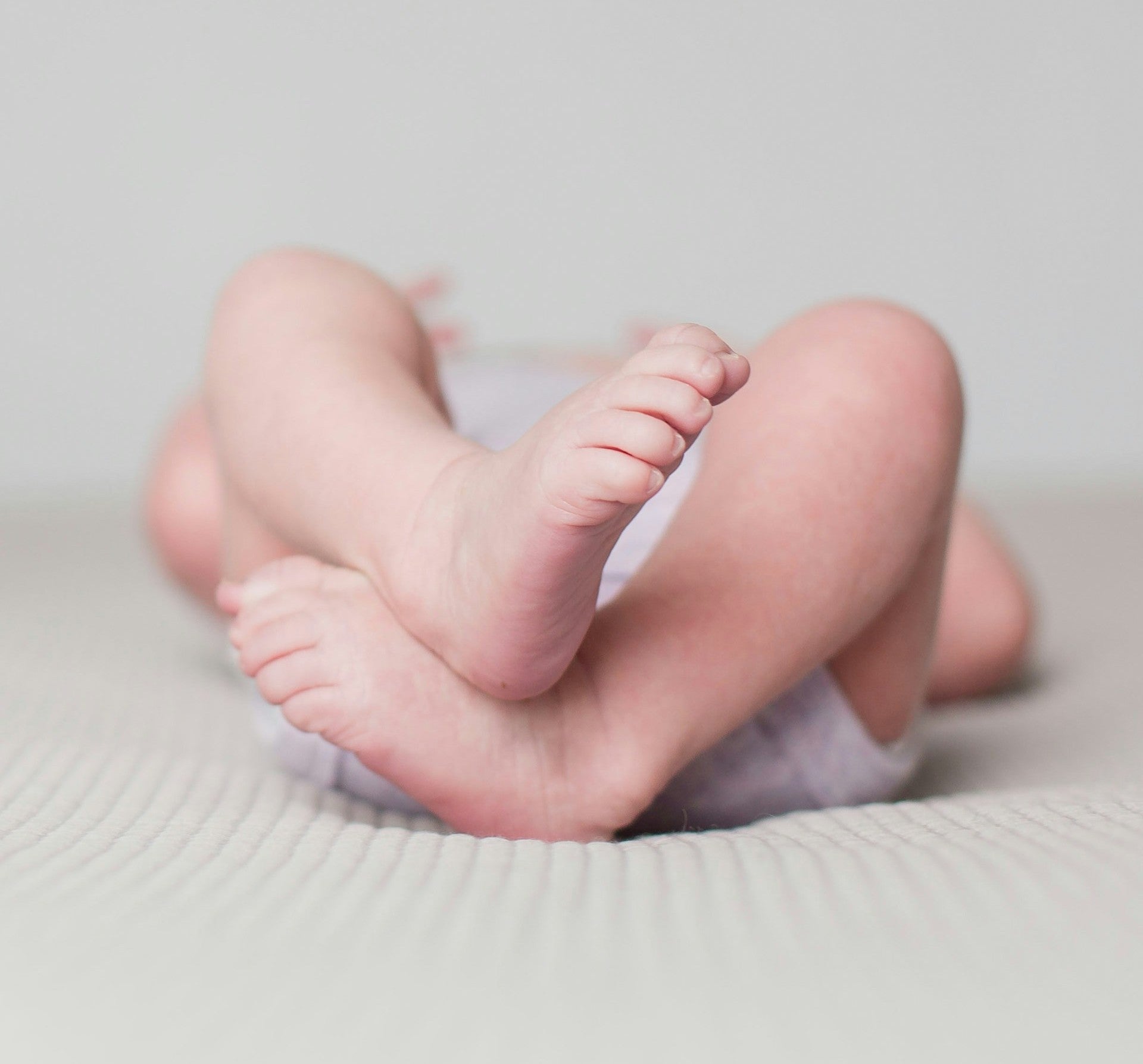

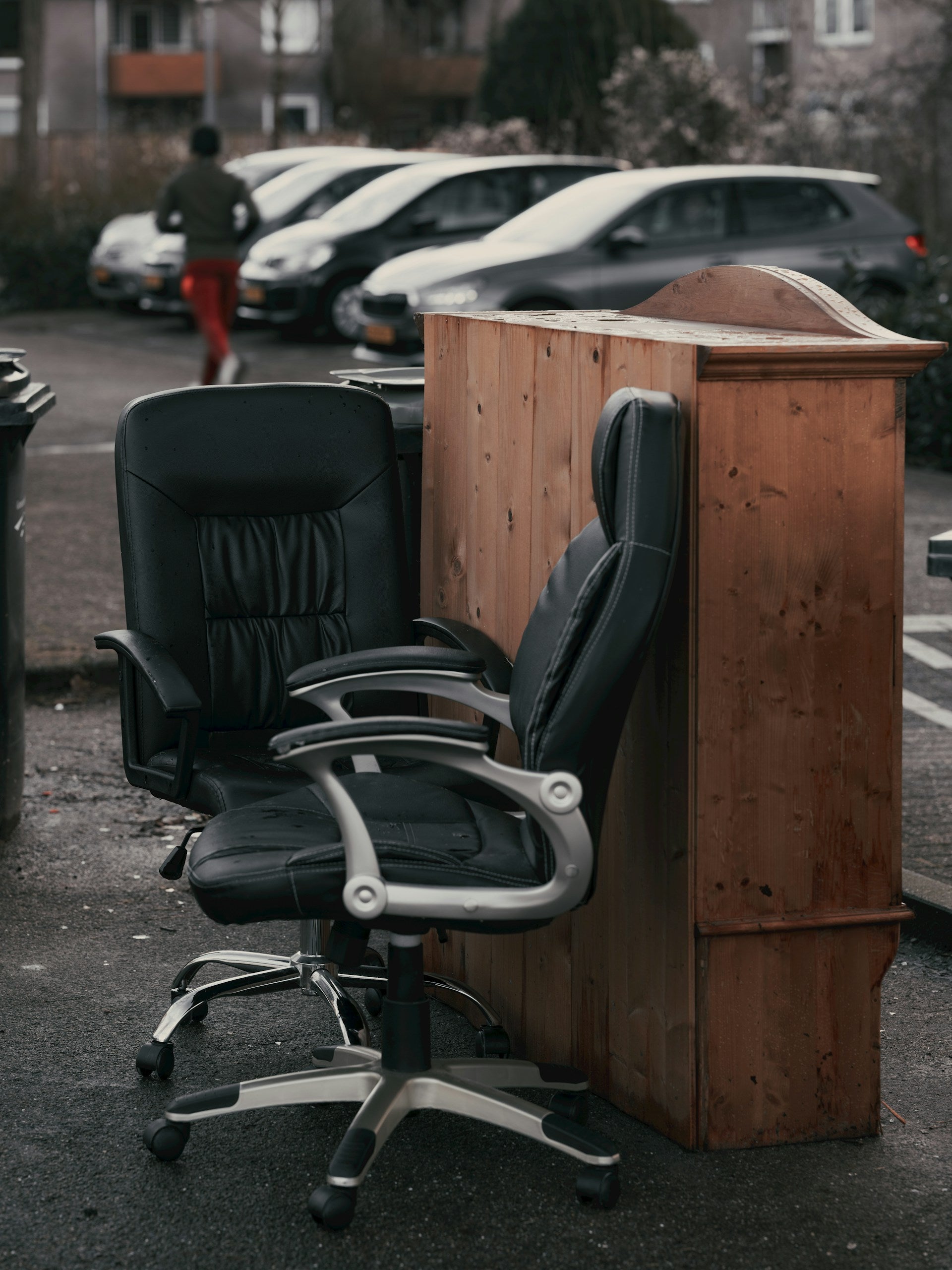
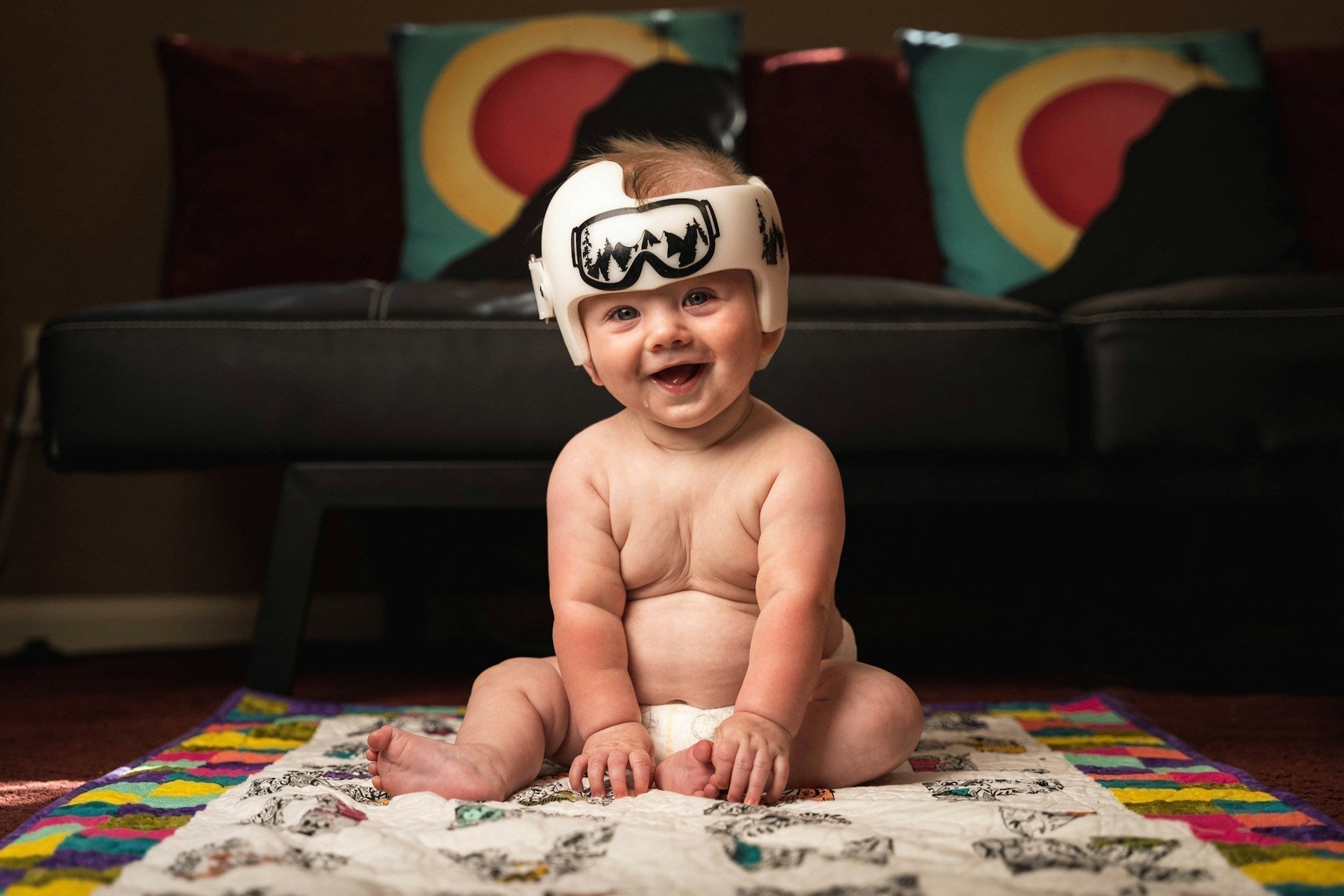

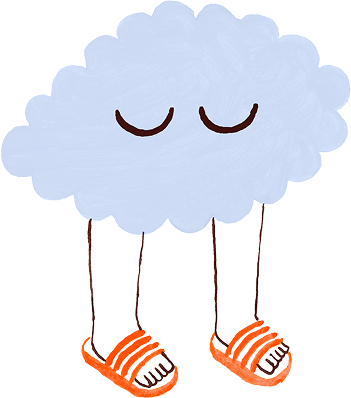
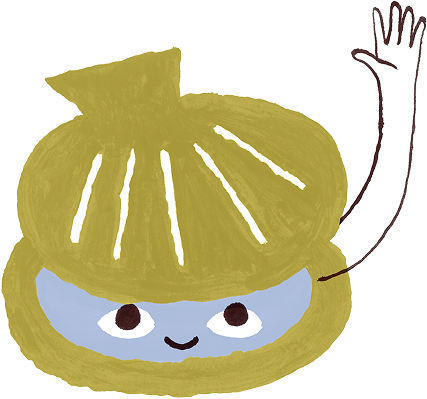

Leave a comment
This site is protected by hCaptcha and the hCaptcha Privacy Policy and Terms of Service apply.